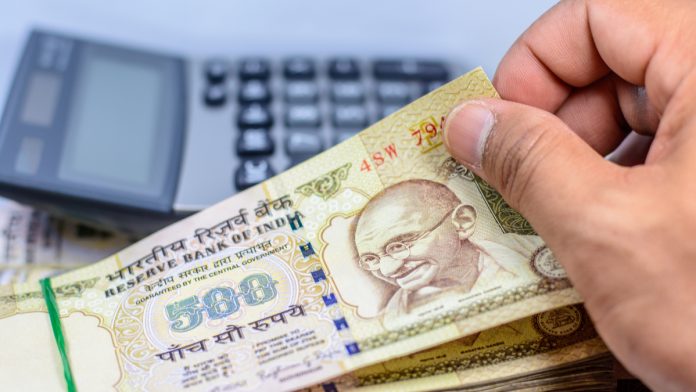- Indian Rupee (INR) snaps 2 day winning streak
- MS predicts RBI will avoid hiking rates despite economy gaining traction
- US Dollar (USD) trades mildly higher in quiet Thanksgiving trade
- US data painted mixed picture & Fed could ease further in December
The US Dollar Indian Rupee (USD/INR) exchange rate is edging higher snapping a two day losing streak. The pair settled -0.4% in the previous session at 73.76, towards the lower end of the daily traded range. At 11:15 UTC, USD/INR trades +0.1% at 73.84 in what is panning out to be a quiet day of trading owing to the US Thanksgiving public holiday.
According to investment bank Morgan Stanley, even as the Indian economy gradually picks up on vaccine optimism the Reserve Bank of India will stay away from hiking interest rates.
Morgan Stanley said in a research report that they expect the RBI to keep monetary policy accommodative. This is owing to “sticky inflation” and a sustained improvement to high frequency data which points to positive economic.
The Indian economy contracted -23.9% in the first quarter of the financial year, this was the worst contraction in over 40 years. Since then the economy has seen some signs of revival with some indicators pointing to growth in October.
Inflation too has been trailing the upper band of 2-6% for many months and is expected to decelerate next year.
Across the pandemic the RBI has eased rates by 115 basis points since the beginning of the pandemic.
Meanwhile the US Dollar is edging higher versus its major peers in quiet Thanksgiving trade. Investors continue digesting mixed data from the previous session combined with expectations of further easing by the Fed in December.
Yesterday’s US data drop revealed that Q3 GDP came in line with expectations and durable goods beat forecasts. However, concerns grew over the state of the US labour market after initial jobless claims rose for a second week and to the highest level in 5 weeks. The data suggests that the recovery in the US labour market has stalled and appears to be reversing.




